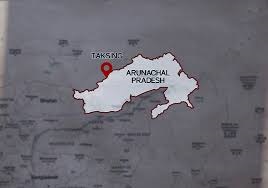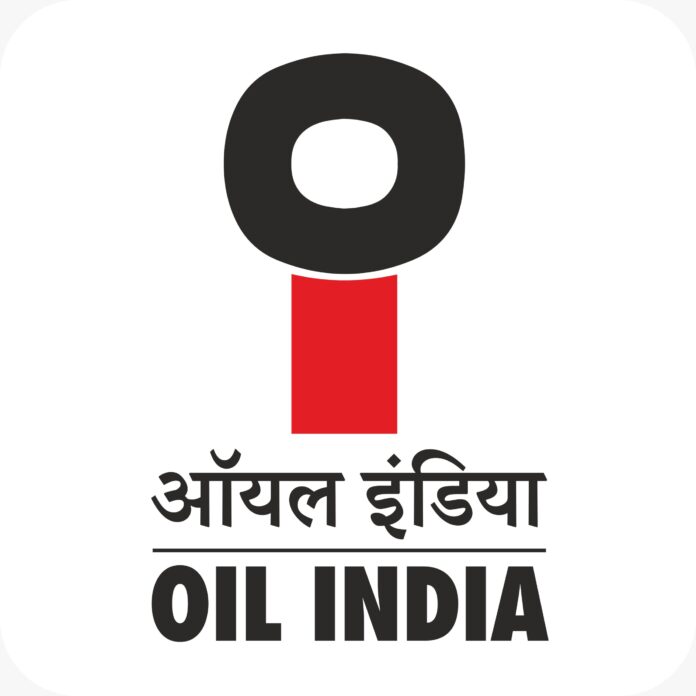Ministry of Mines Selects OIL in Tranche IV Critical Mineral Auction
Indian Bureaucracy, Gurgaon, November 07, 2024| Oil India Limited (OIL), a Maharatna Central Public Sector Enterprise and one of India’s leading integrated energy companies, has emerged as the preferred bidder for the Phop Graphite and Vanadium Block in Arunachal Pradesh. The Ministry of Mines selected OIL in a competitive auction under Tranche IV of the Auction of Critical and Strategic Mineral Blocks, in India’s strategic push towards self-reliance in critical minerals vital for high-tech and green energy sectors.
 As global demand for critical minerals rises—particularly for use in defense, renewable energy, and electronics—India has increasingly focused on reducing its reliance on imports by ramping up domestic exploration and production. This recent auction of eight key mineral blocks, including graphite, vanadium, tungsten, and phosphorite, demonstrates the India’s commitment to securing mineral resources essential for national industrial growth and energy transition. The Phop block, rich in graphite and vanadium, positions Oil India at the forefront of India’s critical mineral strategy, reinforcing its commitment to self-reliance and aligning with the country’s mission to boost critical mineral reserves. Oil India has successfully bid at an auction premium of 76.05%, a reflection of the company’s confidence in the project and its commitment to supporting India’s industrial ambitions.
As global demand for critical minerals rises—particularly for use in defense, renewable energy, and electronics—India has increasingly focused on reducing its reliance on imports by ramping up domestic exploration and production. This recent auction of eight key mineral blocks, including graphite, vanadium, tungsten, and phosphorite, demonstrates the India’s commitment to securing mineral resources essential for national industrial growth and energy transition. The Phop block, rich in graphite and vanadium, positions Oil India at the forefront of India’s critical mineral strategy, reinforcing its commitment to self-reliance and aligning with the country’s mission to boost critical mineral reserves. Oil India has successfully bid at an auction premium of 76.05%, a reflection of the company’s confidence in the project and its commitment to supporting India’s industrial ambitions.
The Role of Vanadium in India’s Industrial Future
 Vanadium, a high-value metal primarily used to strengthen steel and titanium, is crucial for applications across aviation, construction, and energy storage sectors. Arunachal Pradesh, identified by the Geological Survey of India (GSI) as a promising site for vanadium and Graphite reserves. The Geological Survey of India (GSI), in a 2019 report, highlighted that around 35% of India’s total graphite reserves are located in Arunachal Pradesh—marking the state as the highest graphite reserve holder in the country. Building on these findings, GSI recently mapped potential deposits of both graphite and vanadium in Arunachal Pradesh’s Papum Pare district. Traditionally, India has relied on countries like China, Russia, and South Africa for these critical minerals. However, the emergence of vanadium deposits alongside graphite could position Arunachal Pradesh as a major domestic supplier, reducing India’s dependency on imports and strengthening the local economy.
Vanadium, a high-value metal primarily used to strengthen steel and titanium, is crucial for applications across aviation, construction, and energy storage sectors. Arunachal Pradesh, identified by the Geological Survey of India (GSI) as a promising site for vanadium and Graphite reserves. The Geological Survey of India (GSI), in a 2019 report, highlighted that around 35% of India’s total graphite reserves are located in Arunachal Pradesh—marking the state as the highest graphite reserve holder in the country. Building on these findings, GSI recently mapped potential deposits of both graphite and vanadium in Arunachal Pradesh’s Papum Pare district. Traditionally, India has relied on countries like China, Russia, and South Africa for these critical minerals. However, the emergence of vanadium deposits alongside graphite could position Arunachal Pradesh as a major domestic supplier, reducing India’s dependency on imports and strengthening the local economy.
Vanadium’s Importance in Green Energy and High-Tech Industries
Globally, vanadium demand has surged due to its critical role in high-strength, corrosion-resistant alloys and energy-efficient applications. Its alloys are not only vital for the construction of infrastructure like tunnels and bridges but also essential for the high-strength-to-weight requirements of the aviation and automotive industries. Additionally, vanadium redox batteries, a technology that minimises ecological impact, are critical for energy storage in renewable energy applications.

With India’s consumption of vanadium steadily increasing, OIL’s new acquisition at Phop Graphite and Vanadium Block is a timely investment. This project aligns with India’s goal to improve its presence in the critical mineral market and ensure steady supplies for strategic sectors. As Arunachal Pradesh develops its vanadium resources, OIL’s role in this initiative is set to be instrumental in meeting both national demand and supporting India’s mineral security.
Dr Ranjit Rath, Chairman and Managing Director of Oil India Limited (OIL) and Chairman of Numaligarh Refinery Limited (NRL), is steering OIL’s strategic shift towards renewable and alternate energy sources. An alumnus of IIT Bombay and IIT Kharagpur and a National Geosciences Award recipient, Dr. Rath has positioned OIL to lead initiatives like the recent critical mineral acquisitions, reinforcing India’s mineral security and advancing energy self-sufficiency. With expanded investments in solar, wind, and cleaner energy sources, OIL is reducing its carbon footprint while aligning with national renewable energy goals and the global energy transition.





